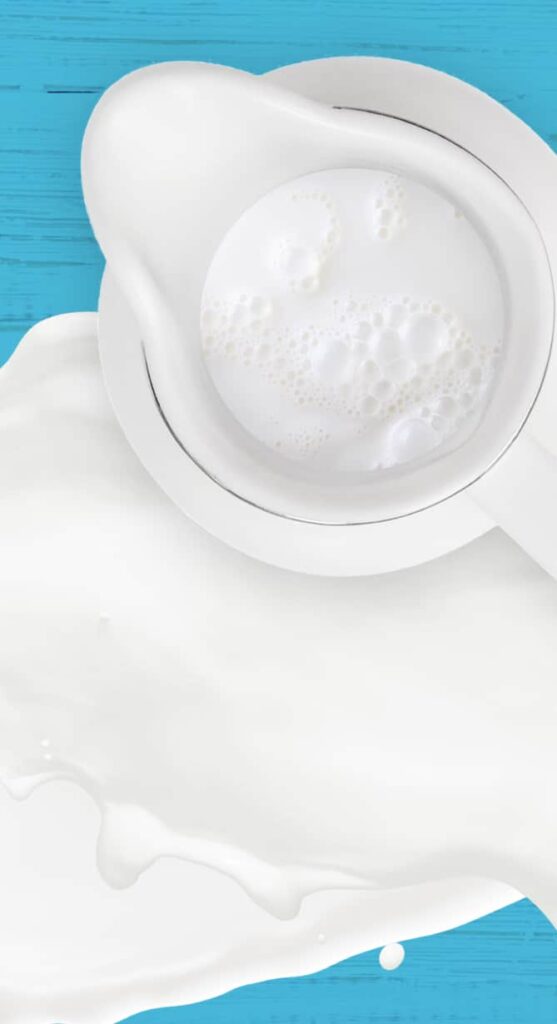Home / discover dairy / Our Products / Milk
MILK
This nutritious and delicious grocery list mainstay is more than just a thirst quencher. Uncover all the ways you can enjoy milk.
TYPES OF MILK
MILK
WHOLE & PARTLY SKIMMED MILK
CHOCOLATE MILK& Flavoured Milk
BUTTERMILK
A2
MILK

HOMOGENIZED MILK
Homogenized or homo milk (meaning shaken up so the fat solids combine with the liquid), includes calcium, protein, potassium and vitamins A, B12, D, E and K. Because homo milk contains 3.25% milk fat, it’s more nutrient-dense (nutrients come from healthy fats). Plus, it’s ideal for frothing and adding to your latte or cappuccino.
For a lighter taste, 1% or 2% milk are options that are also a source of these essential nutrients.
NON-HOMOGENIZED MILK
Non-homogenized milk doesn’t go through the same process as homogenized milk, hence, this milk is often referred to as “Cream-Top Milk”. Non-Homogenized milk has the same great flavour and nutritional value as homogenized milk, the only difference is the texture and appearance.
WHOLE & PARTLY SKIMMED MILK
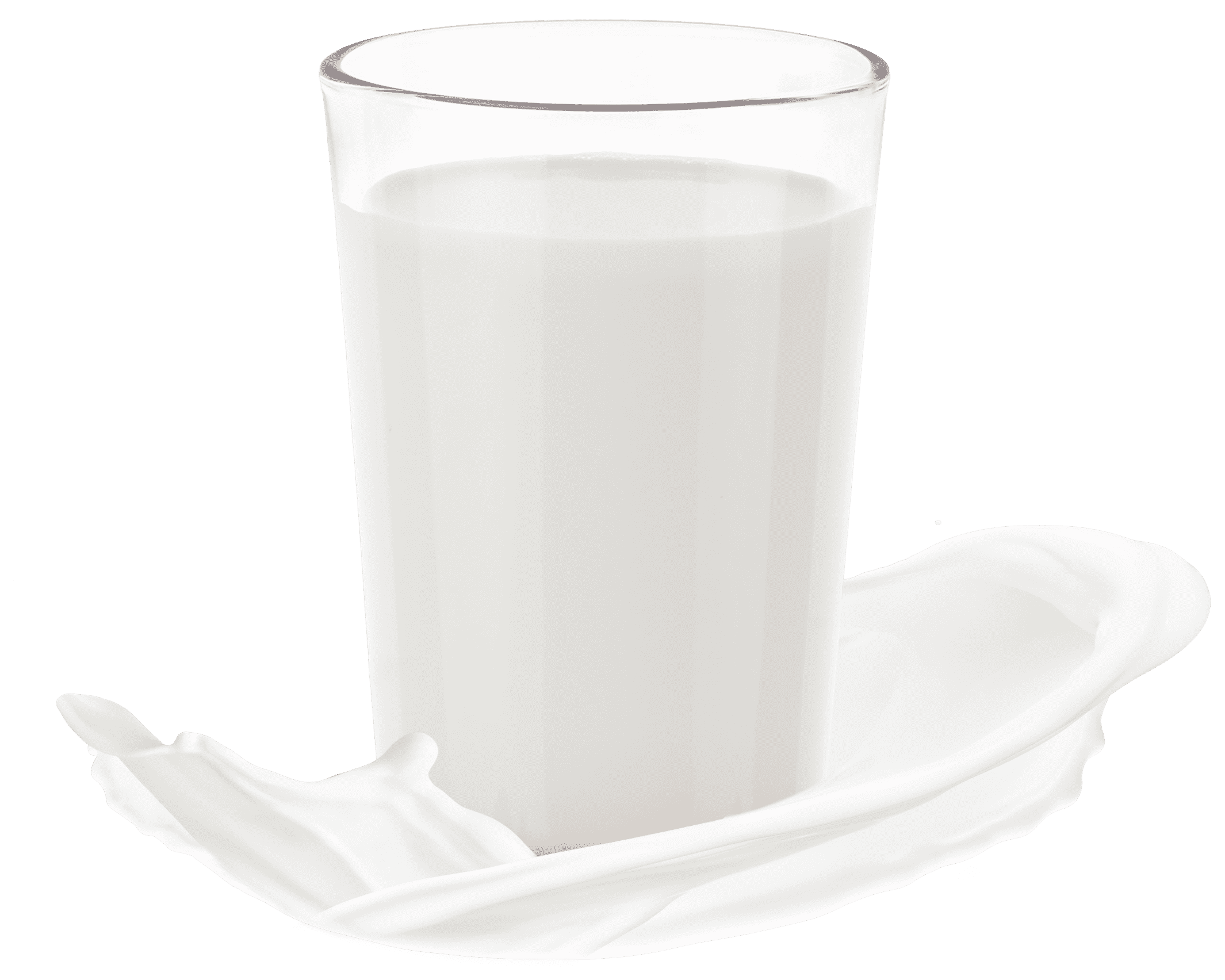
WHOLE MILK
Whole milk is the creamiest milk – a favourite of baristas and perfect for morning coffee or frothed milk drinks. Whole milk typically contains about 3.25% milk fat (though some are even a little higher) and is delicious over fresh berries in the morning.
PARTLY SKIMMED MILK
The term “partly-skimmed” means that some of the natural fats have been removed from the milk for a lighter-yet equally delicious-flavour and thinner texture. Partly-skimmed milk is available in 1% or 2% options, has fewer calories than other types of milk and very little fat. It’s also a great hydrator!
CHOCOLATE MILK& Flavoured Milk
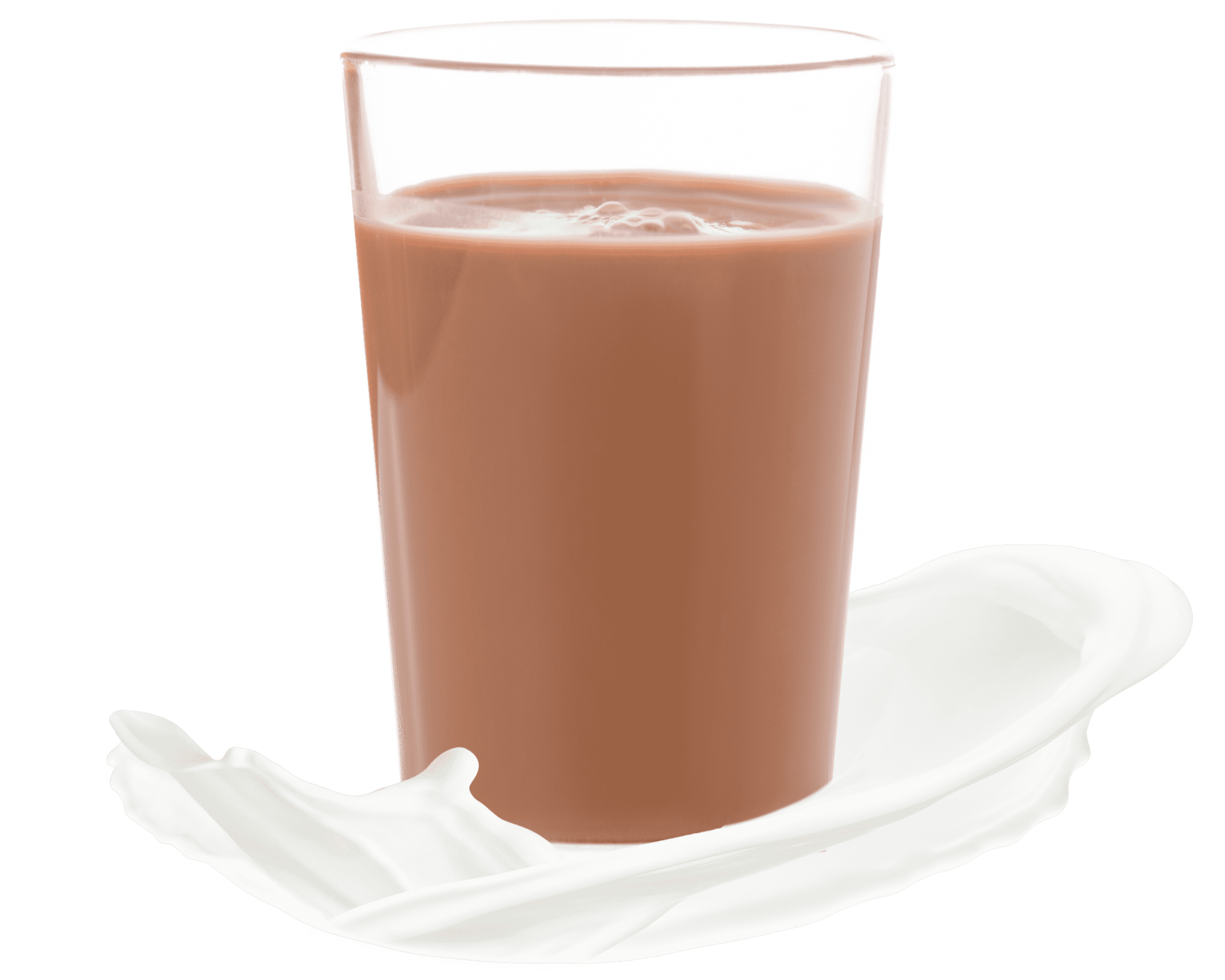
CHOCOLATE MILK & FLAVOURED MILK
Who doesn’t love a cold glass of chocolate milk after a workout? Chocolate milk and other flavoured milks, such as strawberry, banana and even pumpkin spice, contain the same essential nutrients and lactose (milk sugar) as regular milk, usually with some added sugar.
BUTTERMILK

BUTTERMILK
Buttermilk is fresh milk with added bacteria culture. It’s tangy flavour and thicker consistency make for the perfect ingredient in baked goods, such as cakes, breads and biscuits.
A2

A2 MILK
A2 milk is easier for people to digest. It is simply regular milk produced from cows that naturally produce only the A2 beta-casein protein.
OUR FAVOURITE RECIPES WITH MILK


Croissant French Toast
See full recipeLooking to whip up something delicious with dairy?
Browse all our quick and easy recipes.
FROM FARM TO TABLE
On the farm
Hard work means healthy cows means quality milk. Learn about life on a dairy farm.
On the move
Read all about how milk is tested, processed and transported to your favourite, local grocery store.
On your table
From beverages to sweet treats and breakfast to late-night snacks, there are so many ways you can enjoy Ontario dairy.
SIGN UP FOR UPDATES
When you sign up, we’ll send you coupons, promotions, recipes, news on events and even more great information on dairy delivered right to your inbox.
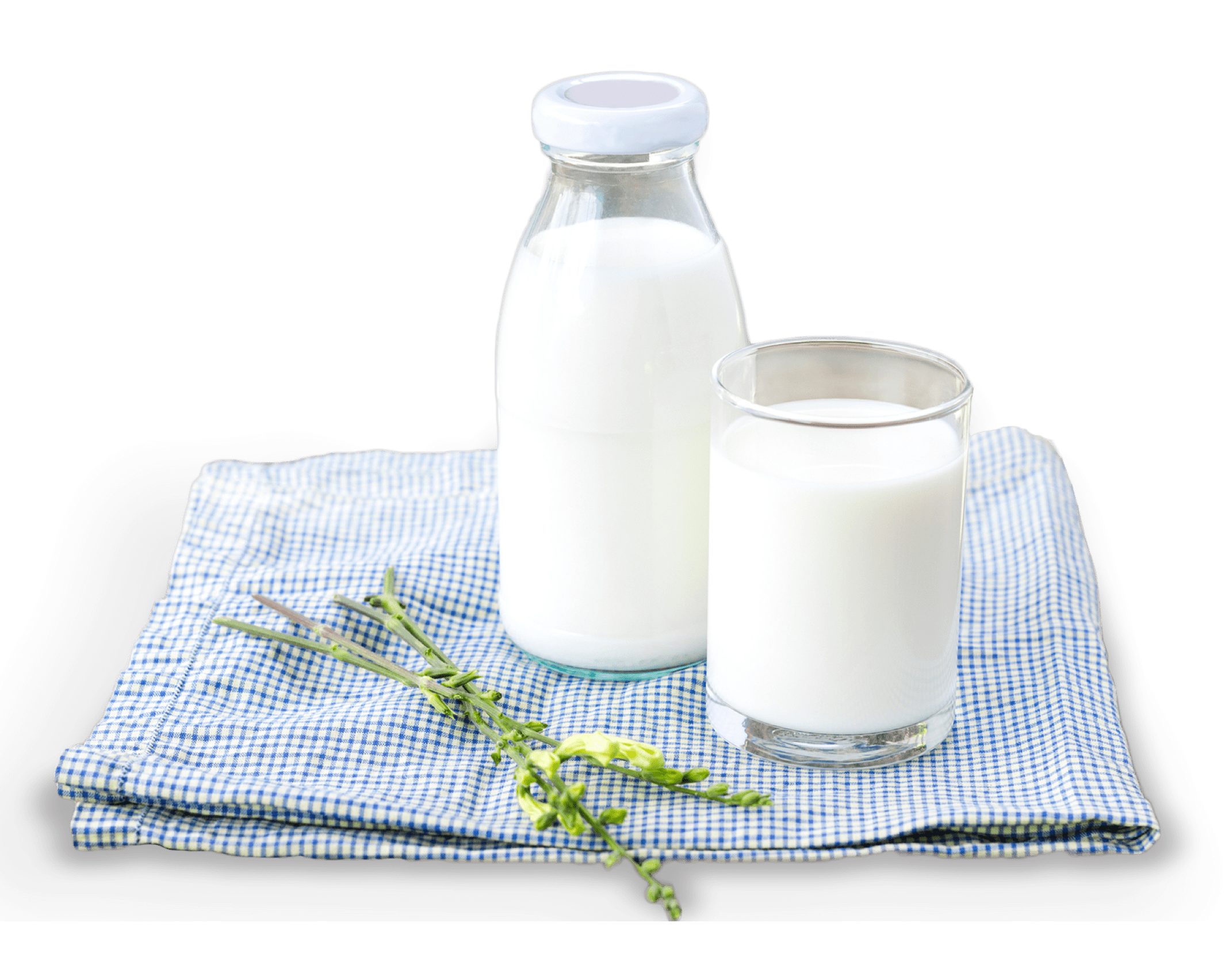
MILK: FACTS VS. FICTION
Here are a few common misconceptions about milk.
Are there artificial hormones in milk?
No. Milk from Ontario dairy farms contain no trace of artificial growth hormones – their use has been banned in Canada since 1999. They do have a natural hormone called BST that helps them produce milk, but rbST, the artificial growth hormone, is strictly prohibited on Canadian dairy farms.
Are plant-based alternatives more nutritious?
Plant-based beverages can have different nutrition profiles, and more information can be found on nutrition labels. For tips on how to understand nutrition facts tables, visit the Government of Canada's Understanding Food Labels page.
OUR COMMITMENT TO QUALITY
EXPLORE MORE DAIRY GOODNESS
EXPLORE MORE DAIRY GOODNESS

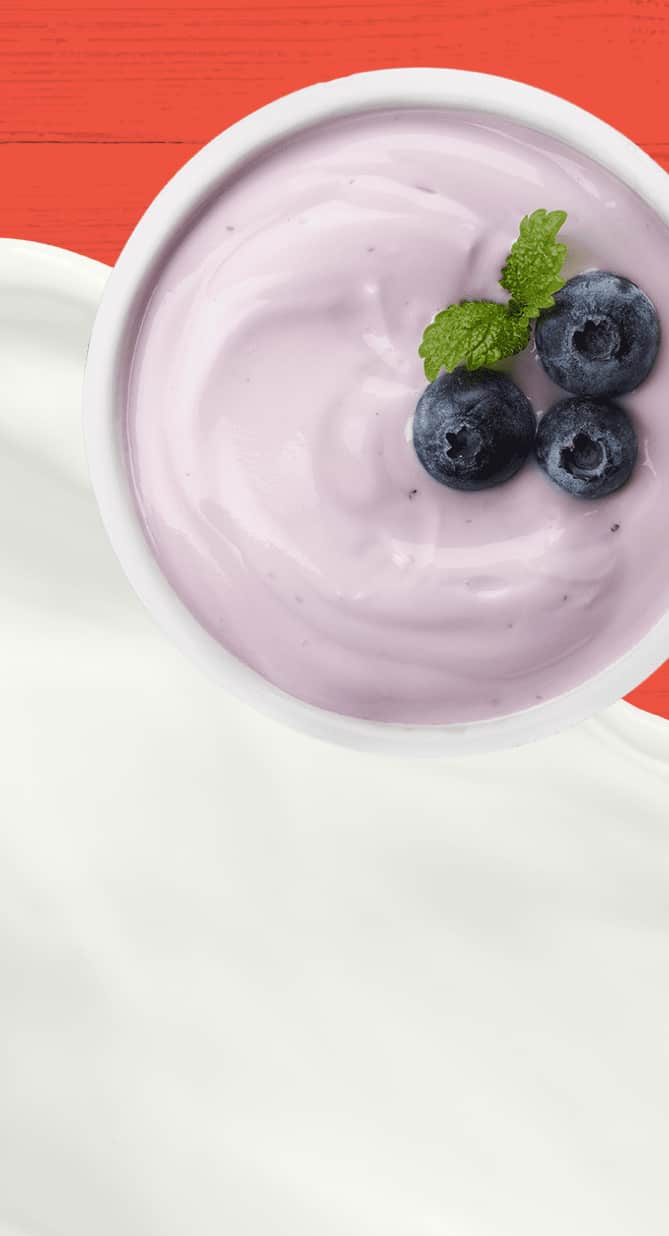
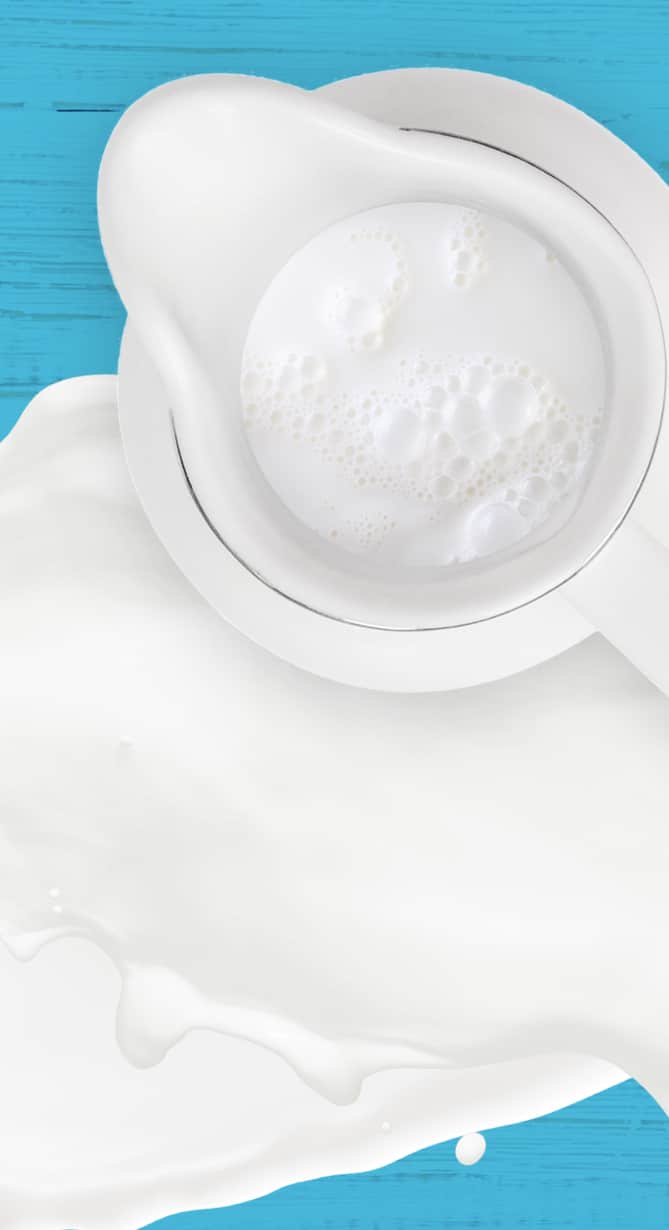

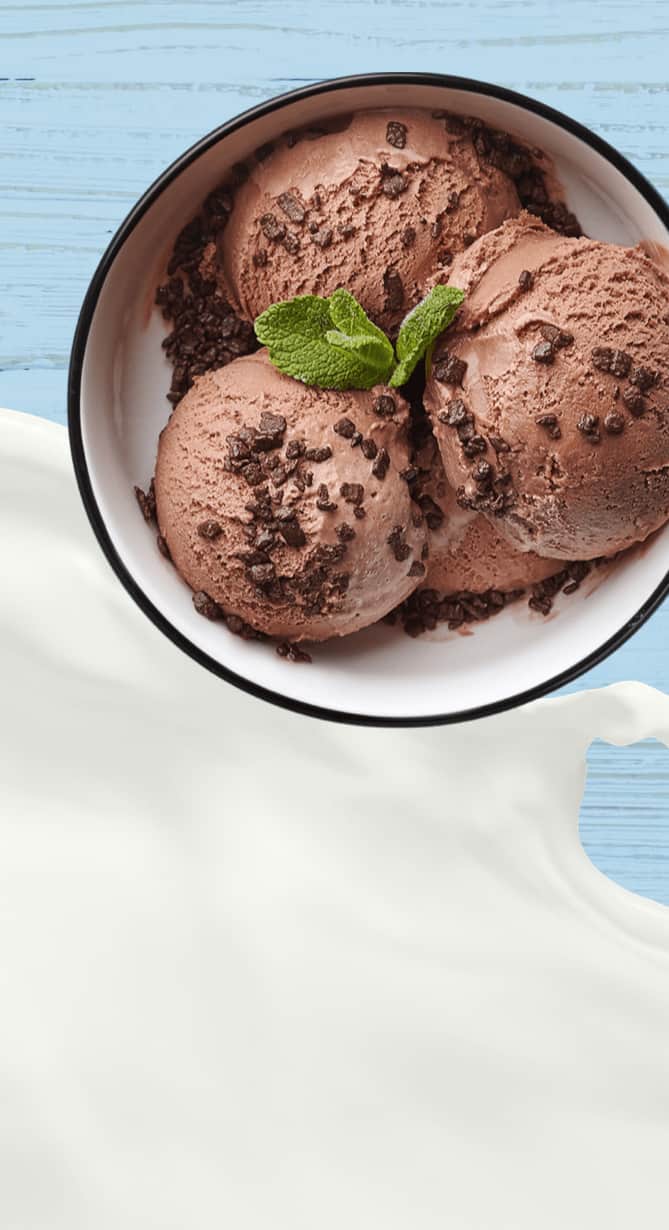
EXPLORE MORE DAIRY GOODNESS









